We’ve written many times now on this blog about how the water crisis facing the whole world means that organisations need to focus on water saving more than ever before. We’ve also written about how using less water also has a significant impact on energy use and CO2 emissions. Developers are now required to make sure that their developments are water neutral. All of this is more urgent than ever due to the growing pressure on limited resources, both water and energy, caused by climate change, urban development, population growth, the war in Ukraine and many other factors.
What are the principles of the circular economy?
The concept of the circular economy is something that has primarily been applied to the reduction of other kinds of waste. The ideas behind the circular economy emerged as a response to the unsustainable linear model whereby people and organisations take, make, consume and waste resources. Instead, the circular economy approach suggests that we focus on ensuring that existing resources are shared, reused, repaired, renovated or recycled for as long as possible.
The circular economy has three key principles.
- Eliminating waste and pollution – this requires rethinking how products are designed, for example by using reusable packaging materials and making products from recycled materials.
- Circulating products and materials – the core idea here is that what would previously have been considered waste becomes the overall source material for new products or applications.
- Restoring nature – the aim here is to return nutrients to the soil and support regeneration, avoiding pollution and using renewable energy.
How does water fit into the circular economy?
So far water use has not generally been considered in discussions about the circular economy but in fact water use can be aligned very precisely against the three principles presented above. In a circular economy the full value of water as a resource is recognised and water is treated as the finite resource that it is.
Principle one – eliminating waste
There is a massive opportunity to eliminate the waste of water. Organisations are wasting vast quantities of water every day through undetected leaks (or detected leaks that are not fixed!), through the use of inefficient, water-hungry products such as flushing urinals, and through poor user education whereby staff members or customers use much more water than they need to by, for example, leaving taps running or spending longer than necessary in the shower.
Principle two – reusing resources
Using less water is a very good starting point on the journey towards more sustainable water use, however it’s also possible to make more efficient use of the water that you do have and to reuse some of the water you use. An example of this is greywater harvesting whereby organisations save water that is used for one application and reuse it for a different application, for example by saving water that is used in basins and showers and using it for watering the garden and irrigation. Rainwater harvesting can also play an important role here – harvested rainwater can be used for virtually any non-potable application once the right systems are in place.
Principle three – preserving and regenerating natural systems
The concept of water neutrality has emerged in recent years in recognition that water abstraction and sewage management can both be highly polluting and unsustainable. Water sources should be protected rather than exploited. Water neutrality means ensuring that any new development does not add to the overall level of water demand in a particular area. A water neutral development will have a net zero impact on mains water supply. The ultimate objective of water neutrality is to minimise a development’s impact on the existing water resources, environment and infrastructure in which it sits.
How is this relevant to individual organisations?
Most discussions about a circular economy approach to water are focused at a governmental and water company level but is also useful for individual organisations who are keen to minimise their environmental impact to think in terms of a circular approach to water use – efforts to use less water, make more efficient use of the water that you do use, and recycle water wherever possible are all relevant here.
Talk to us today to find out more about how we can help you.




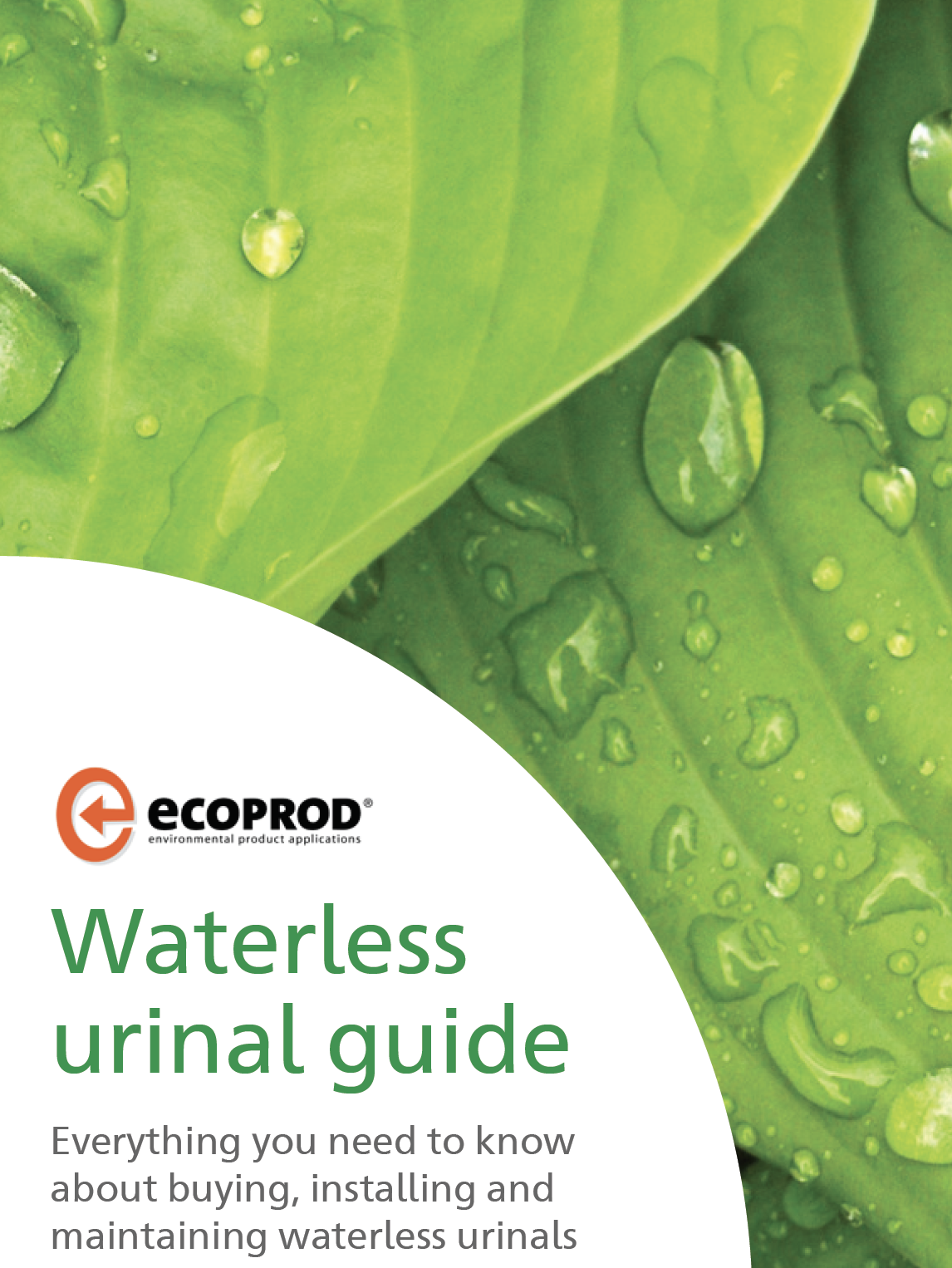
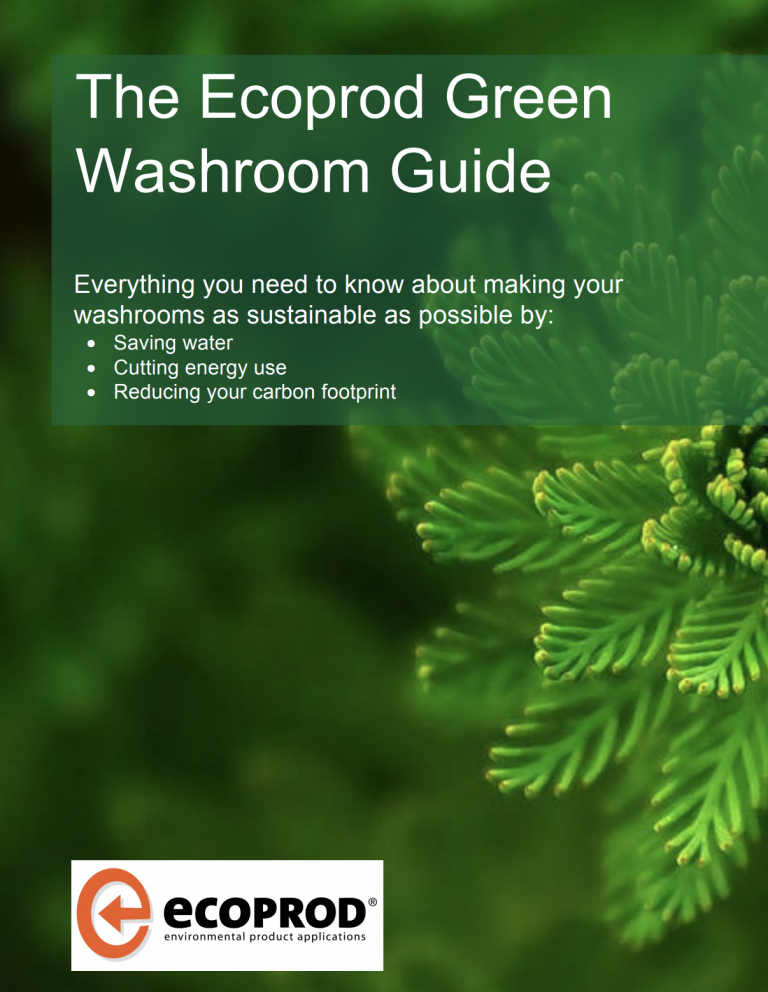

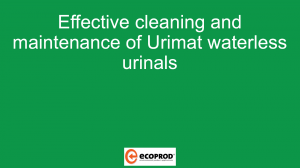





 For the last 8 years Robert Summer – Head of International Sales and Marketing – has developed structured distribution network worldwide for CONTI+ brand. The products offer great benefit for washrooms and shower rooms for public, semi-public and health sector. Today, sustainability, hygiene and smartness are key to CONTI+ solutions. Robert lives the brand and its USPs and loves to support and motivate his team on a daily basis.
For the last 8 years Robert Summer – Head of International Sales and Marketing – has developed structured distribution network worldwide for CONTI+ brand. The products offer great benefit for washrooms and shower rooms for public, semi-public and health sector. Today, sustainability, hygiene and smartness are key to CONTI+ solutions. Robert lives the brand and its USPs and loves to support and motivate his team on a daily basis.




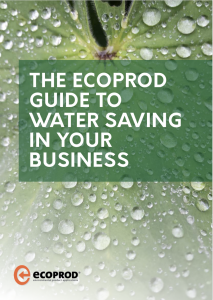
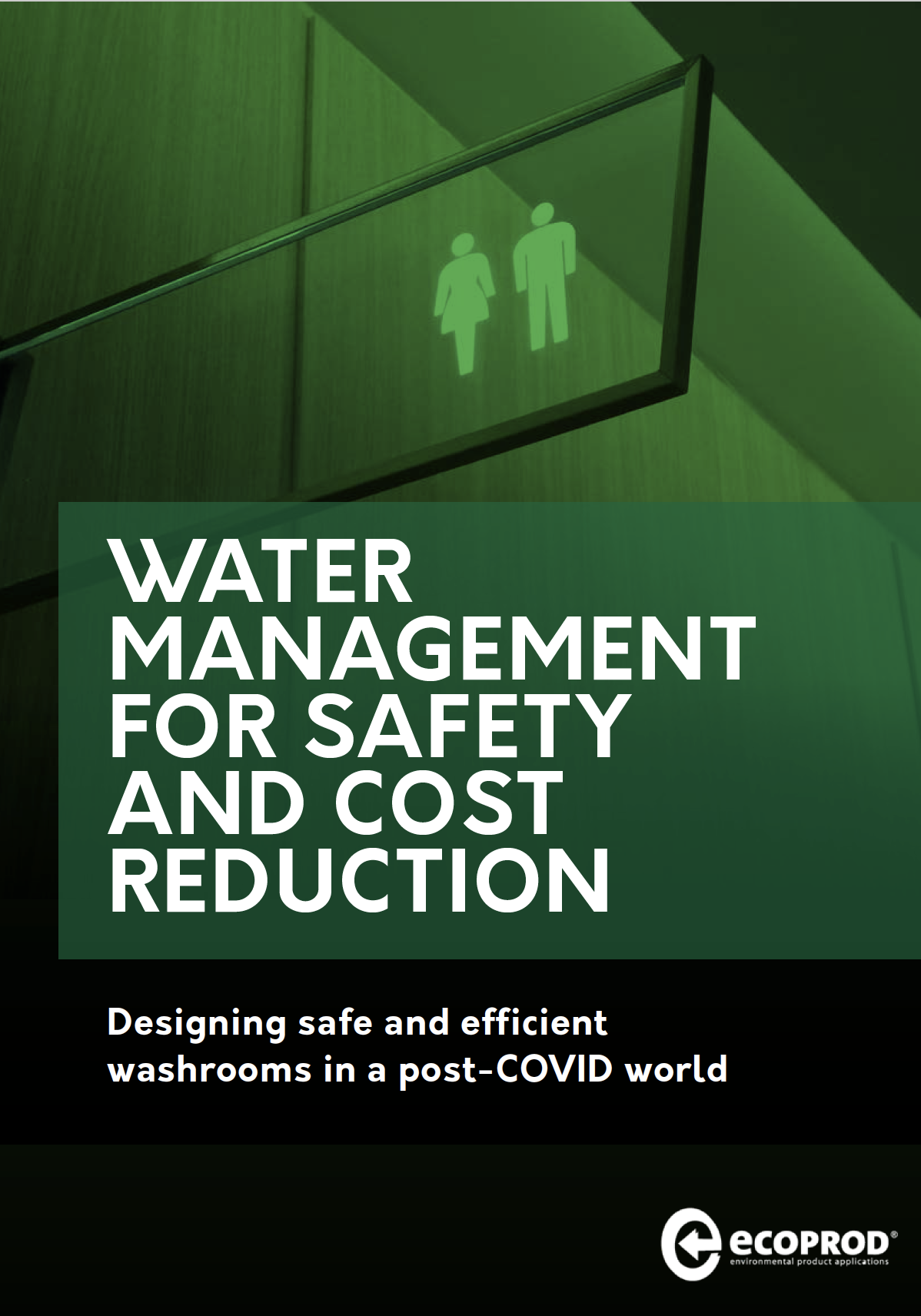



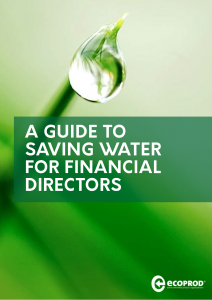
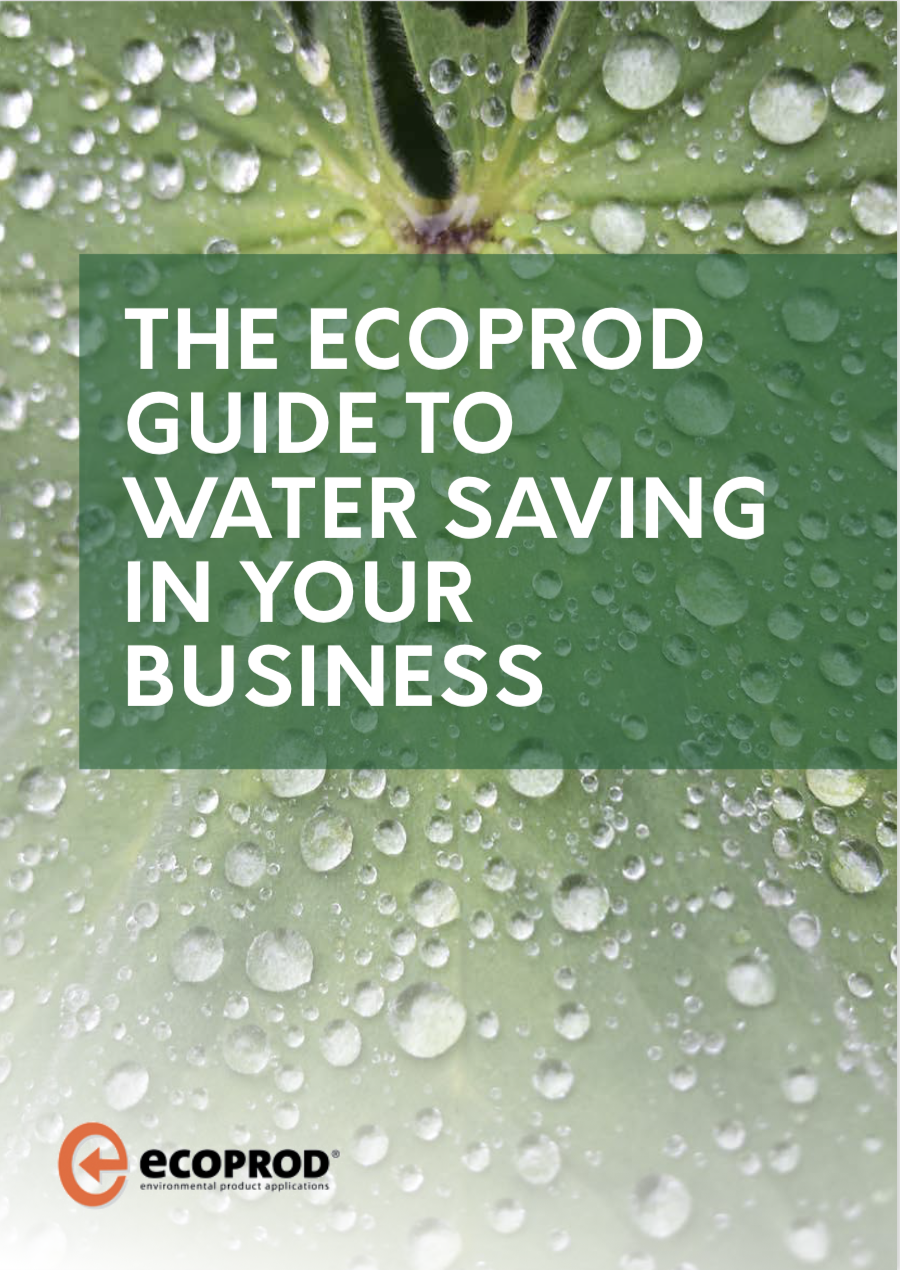
Comments are closed.